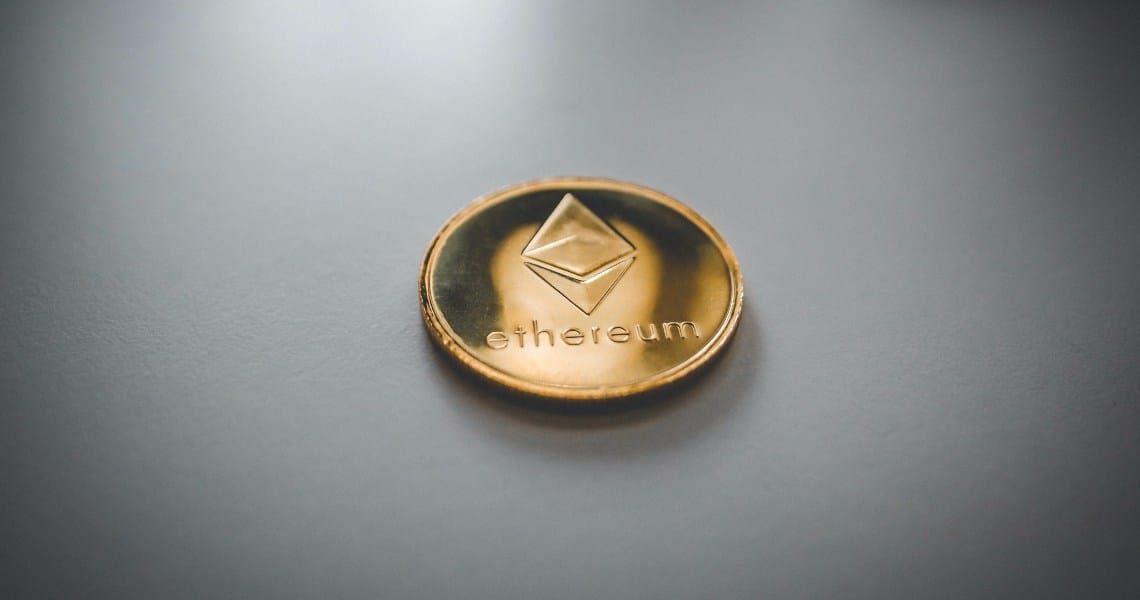Justin Sun, CEO of the TRON Foundation, created a survey asking users what they preferred between the arrival of Tron 4.0 and Ethereum 2.0.
TRON 4.0 vs. Ethereum 2.0! Which one is better😎
— H.E. Justin Sun 孙宇晨 (@justinsuntron) May 23, 2020
After many hours from the beginning of the survey, even if it hadn’t ended yet, more than 70% of the users had chosen the Ethereum blockchain, rather than that of TRON, despite the fact that the development of ETH 2.0 is still far from complete.
TRON is currently in version 3.0, a phase that introduced the Tron Virtual Machine (TVM) and allowed the creation of smart contracts and TRC20 tokens, hence marking the blockchain in an important way.
Version 4.0 will introduce other new capabilities such as privacy features supported by TVM, a second level of consensus, the possibility of cross-chain and also a section related to enterprise, dedicated to corporate use cases.
The sudden comeback of TRON
A few hours after reaching 70% of votes in favour of Ethereum, however, TRON saw a crazy comeback and is now leading by 57%.
The comeback was very quick and gave rise to the suspicion that there was manipulation:
A few hours ago Ethereum 2.0 was winning this poll by about 15% but then Justin turned his bots on 💩 https://t.co/YWv4Nx0A8h
— sassal.eth 🦇🔊 (@sassal0x) May 24, 2020
Judging by the negative comments and how it doesn’t make any sense to compare the 2 blockchains, this survey turned out to be a boomerang that badly affected both the image of Sun and the TRON blockchain.
TRON certainly still has a lot to do compared to other blockchains which already offer several solutions not allowed by TRON, such as the famous NFTs (Non Fungible Tokens) used in games; on the other hand, it’s also true that the team, and especially Justin Sun, are working hard on marketing. Of all the initiatives, the dinner with Warren Buffett was among the most famous.
The community is pro-Ethereum
It is interesting to note that crypto users are very confident about the future of Ethereum 2.0 because it will allow to update the protocol to PoS (Proof of Stake) and solve the problem of scalability as well as the exorbitant costs of fees that in recent times have reached unsustainable figures.



